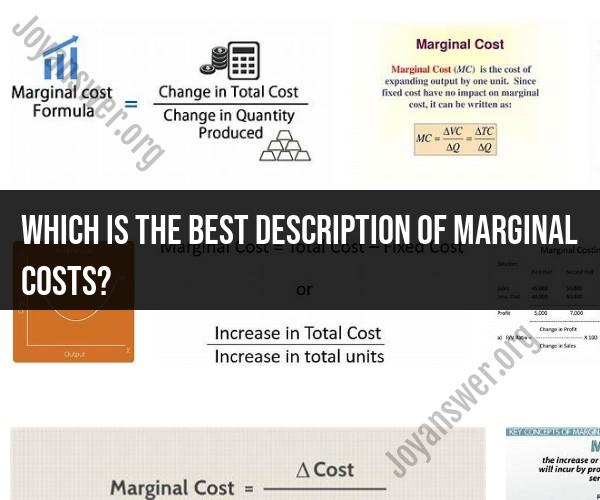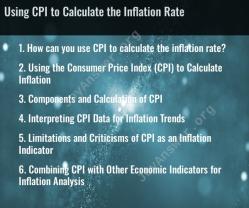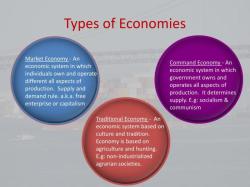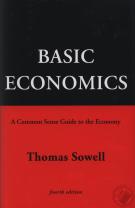Which is the best description of marginal costs?
The best description of marginal cost (MC) is as follows:
Marginal Cost (MC): Marginal cost represents the additional cost incurred by a firm when producing one more unit of a good or service. In other words, it is the change in total cost that results from producing an additional unit of output. Mathematically, marginal cost is calculated as the change in total cost divided by the change in quantity of output:
Where:
- = Marginal Cost
- = Change in Total Cost
- = Change in Quantity of Output
Examples of Marginal Cost:
Manufacturing Widgets: Let's say a widget manufacturer produces 1,000 widgets at a total cost of $10,000. If the cost of producing one more widget increases the total cost to $10,100, then the marginal cost of producing the 1,001st widget is $100.
Baking Bread: A bakery produces loaves of bread. The total cost of producing 100 loaves is $200. To produce 101 loaves, the bakery incurs an additional cost of $2. Therefore, the marginal cost of the 101st loaf is $2.
Software Development: A software development company is working on a project, and the total cost of the project is $50,000. If adding one more feature to the software increases the total cost to $50,500, then the marginal cost of adding that feature is $500.
Marginal cost is a fundamental concept in economics and business decision-making. It helps firms determine the optimal level of production by comparing the additional cost of producing more units with the revenue generated from selling those units. When marginal cost is equal to marginal revenue (MR), a firm is typically operating at its profit-maximizing level of production.
The best description of marginal costs is the additional cost incurred by producing one more unit of output . It is also known as the incremental cost.
Marginal costs can be calculated by dividing the change in total costs by the change in quantity produced. For example, if a company's total costs increase by $10 when it produces one more unit of output, then the marginal cost is $10.
Marginal costs can vary depending on the level of output produced. For example, the marginal cost of producing the first unit of output may be higher than the marginal cost of producing the tenth unit of output. This is because the company may have to incur fixed costs, such as the cost of building a factory, before it can start producing any output. Once the fixed costs have been incurred, the marginal cost of producing additional units of output is simply the variable cost, such as the cost of raw materials and labor.
Here is an example of marginal costs:
A company produces widgets. The total cost of producing 100 widgets is $1000. The total cost of producing 101 widgets is $1010. Therefore, the marginal cost of producing the 101st widget is $1010 - $1000 = $10.
Marginal costs are an important concept in economics because they can be used to make decisions about production, pricing, and resource allocation. For example, a company may decide to produce more output if the marginal cost of production is lower than the market price of the product.
Here are some other examples of marginal costs:
- The cost of an additional slice of pizza
- The cost of an additional passenger on a bus
- The cost of an additional hour of overtime for a worker
- The cost of an additional copy of a book
- The cost of an additional download of a song
Marginal costs are a key concept in economics and business decision-making. By understanding marginal costs, businesses can make better decisions about how to produce and price their products and services.













